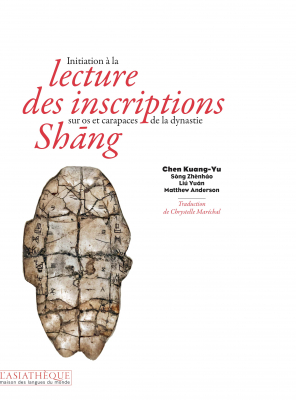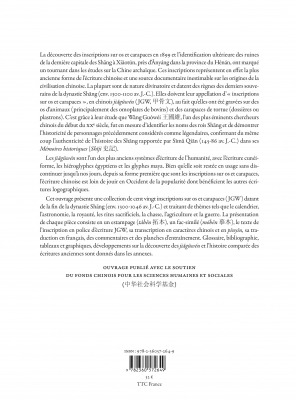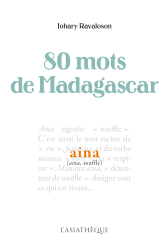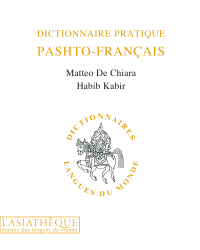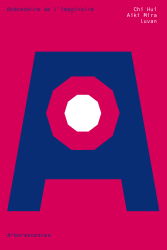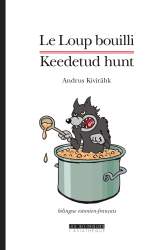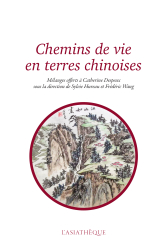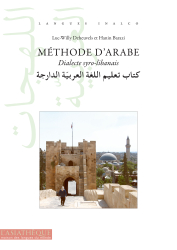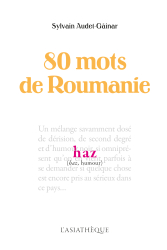Details
Format: Paperback
ISBN: 9782360572649
Collection: Hors Collection
20 x 27 cm
Weight: 1008 gr
Pages: 432
First publication: 23/06/2021
CLIL: 4030
Initiation à la lecture des inscriptions sur os et carapaces de la dynastie Shāng
Translation: Chrystelle Maréchal
Discovering and learning to read ancient forms of Chinese writing
The discovery of inscriptions on bones and shells in 1899, and the subsequent identification of the ruins of the last capital of the Shāng near Ānyáng in the province of Hénán, proved a turning point in studies of ancient China. Indeed, these inscriptions represent the oldest form of Chinese writing - still in use today - and an invaluable documentary source on the origins of Chinese civilization. The majority are prophetic in nature and date from the reign of the last rulers of the Shāng dynasty (c. 1300-1100 BC). They owe their name, "inscriptions on bone and shells" in Chinese jiăgŭwén, to the fact that they were carved on animal bones and turtle shells and plastrons. It was through studying these that Wáng Guówéi, one of the most prominent Chinese researchers in the early twentieth century, was able to identify the names of the Shāng kings and demonstrate the historicity of characters previously considered legendary, while simultaneously confirming the authenticity of the story of the Shāng as reported by Sīmă Qiān in his Historical Memoirs. The jiăgŭwén is one of the oldest writing systems known to man, together with cuneiform writing, Egyptian hieroglyphics and Mayan glyphs. This book presents a collection of 120 inscriptions dating from the end of the Shāng dynasty and dealing with various themes (royalty, calendar, rites,…). The presentation of each piece consists of a stamp, a facsimile, the text of the inscription in jiăgŭwén font, its transcription in Chinese characters and in pīnyīn, its translation into French, comments and training boards. A glossary, a bibliography, tables and graphics, descriptions of the developments of the discovery of jiăgŭwén and the comparative history of ancient scriptures are given in the appendices.
Readers of this book will be able to solve the training boards by going to the website 殷契文渊 site (aynu.edu.cn) which presents all the listed jiăgŭwén with their transcription.
An errata page can be downloaded from the Media Library tab below.
PRESS REVIEW
"... This is the largest choice of translations of Shang inscriptions ever published in the French language. This book certainly fills a gap and will delight all students and teachers interested in the content of these inscriptions. ... "
MEDIA LIBRARY
CONTRIBUTORS' BIOGRAPHIES
Kuang-Yu Chen
Chen Kuang-Yu holds a Ph.D. from Yale University and Professor Emeritus of Rutgers University. He studied bone and shell inscriptions and archeology at university Taiwan National (Taipei) and Yale University Graduate School.
Sòng Zhènháo
Sòng Zhènháo directs the Research Center for the Study of Bones and Shells at the Chinese Academy of social sciences (Bĕijīng).
Liú Yuán
Liú Yuán is an associate researcher at the Institute of History of the Academy Chinese Social Sciences (Bĕijīng).
Anderson Matthew
Matthew Anderson is an independent researcher on the Ancient china. He holds a Ph.D. from the University of Pennsylvania (Philadelphia) on languages and civilizations of East Asia.
Chrystelle Maréchal
Chrystelle Maréchal is a research fellow at the CNRS, attached to the Center for Linguistic Research on East Asia at the EHESS. His research focuses on the evolution of Chinese writing from the Shāng (13th century BC to the 11th century BC) to Hàn (206 BC. .-220 AD).
